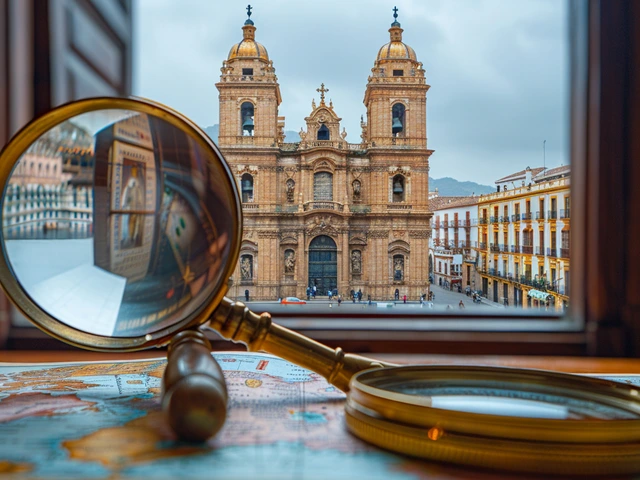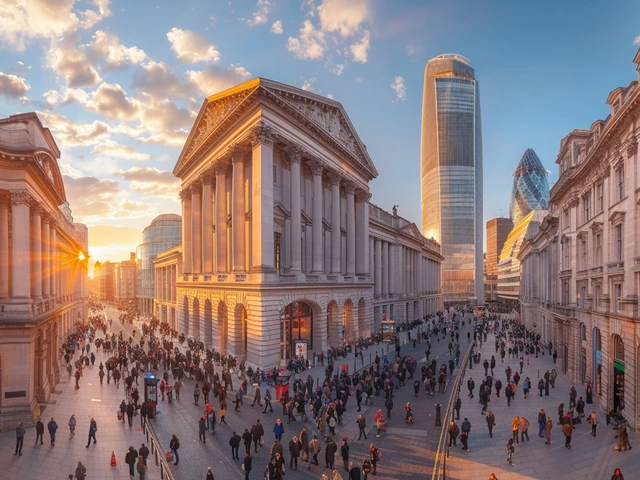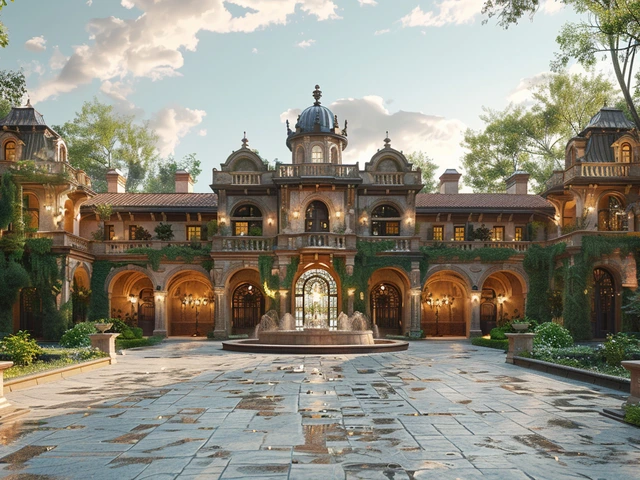Delving into Byzantium: An Architectural Exploration
With the same enthusiasm as when I first entered Rafferty's doghouse after he dug a maze of tunnels under my backyard, or when Rainbow flies through its intricate assortment of perches, I dive into the vast universe of Byzantine Architecture. Byzantine Architecture is not merely bricks and stones arranged to form towering structures. No sir! It's a tangible manifestation of history, culture, faith, and human spirit that flourished in the Byzantium period. With intricate designs influenced by a blend of Roman, Persian, and Islamic styles, these majestic structures are a bouquet of global flavors.
Heaven on Earth: The Grand Hagia Sophia
Recalling the moment when Rafferty greeted me with the wagging tail on seeing a new bone, the same way my heart quivers in anticipation when talking about the epitome of Byzantine architecture, the Hagia Sophia of Istanbul. The seismic triumph over architectural challenges, this sixth-century monumental structure was once an Orthodox cathedral, then an Ottoman mosque, and is now a museum. Whether it's the massive dome suspended mid-air as if the angels themselves are holding it up, or the perfectly orchestrated play of light and space, Hagia Sophia is a testament to the creative genius of mankind.
Beneath the Dome of Heaven
Just as Rainbow never fails to amaze me with its multi-colored feathers, the interior of the Hagia Sophia, adorned with mosaics and marbles is nothing short of striking. You'll become a willing captive of its awe-inspiring dome, more extensive in diameter than Rome's Pantheon. And as you stand beneath its celestial majesty, you would feel as if you've been transported to another realm.
Making Sense of Mysteries: The Rising of Cross-in-Square Church
Aaah, the complexity of the cross-in-square church. It's akin to that moment when Rafferty chewed upon my GPS device, leaving me to my own devices to decipher a maze. These churches marked a significant transition in Byzantine architecture utilizing cross-shaped plans and a central dome. Devised to reflect an earthly model of a heavenly prototype, these churches put forward a complex, metaphorical interpretation of theological concepts.
The Artistry in the Basilica of San Vitale
Like the mystery of Rainbow's unfathomable chatter, the Basilica of San Vitale in Ravenna, Italy stands as a riddle of sorts among the realms of architectural wonders. The synthesis of western basilica with a Byzantine central-plan building presents an enigmatic blend of styles. The brilliance of its octagonal plan, impressive dome, and captivating mosaics is akin to an orchestra of harmonious yet contrasting notes, providing a feast for the senses.
An Icon in the East: The Church of the Holy Apostles
Remember how Rafferty chased his tail, going around in circles till he was dizzy? The same way, Byzantine architecture embraces circular shapes and mosaics. And The Church of Holy Apostles is one such masterpiece. Although this structure is no longer in existence, it's remembered for its innovative design. It pioneered the form of a Greek-cross-octagon, rebelling against the conventional longitudinal settings.
When Architecture Paints: The Art of Mosaics in Byzantium
If I were to compare mosaics to a part of my life, I'd say it's akin to Rainbow's striking plumage, a portfolio of stunning colors and textures. Mosaics in Byzantine structures are beyond mere ornamental facets, they are the resilient voices of the past. From chromatic tesserae shining in Hagia Sophia to the Golden Madonna in San Marco, Venice, these are visual expressions of faith and grandeur. Mosaics illustrate stories from scriptures, portray imperial figures, and become pictorial guides for individuals who couldn't read.
Sailing through Centuries: The Evolution of Monastic Architecture
Just like Rafferty's maturation from a clumsy puppy to a dignified beagle, the evolution of Byzantine Monastic Architecture reflects a maturity of design. It transformed from the packed neighborhood of cells in Egypt's desert, to the extensive, self-contained compounds in Mount Athos, Greece. The evolving complexity of these monastic structures mirrors the growth of organized monastic communities. Hence, indeed, our magical journey through Byzantine architecture is an explorative saga of not just bricks and stones, but time, faith, and history.
Final Brushstrokes on the Architectural Canvas
So, just like Rainbow finds his way back to his perch after a day of zipping around, or the way Rafferty finds his bone beneath cushions and blankets, we've traced our way through the many masterpieces of Byzantine architecture. From the central dome to the soaring minarets, the narrative of unconventional layouts to its astonishing mosaics, each element is a brushstroke on the vast canvas of history. As we admire these magnificent structures, we're not just looking at well-designed buildings. Instead, we are peeping through the looking glass, into a past that still lives within their stone-carved stories. Friends, here's to the brilliant ingenuity of human spirit, the celebration of culture. Here's to Byzantine architecture!





Leave a Comments